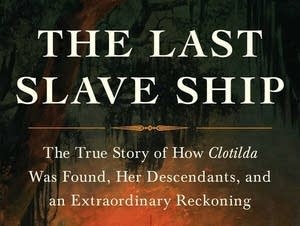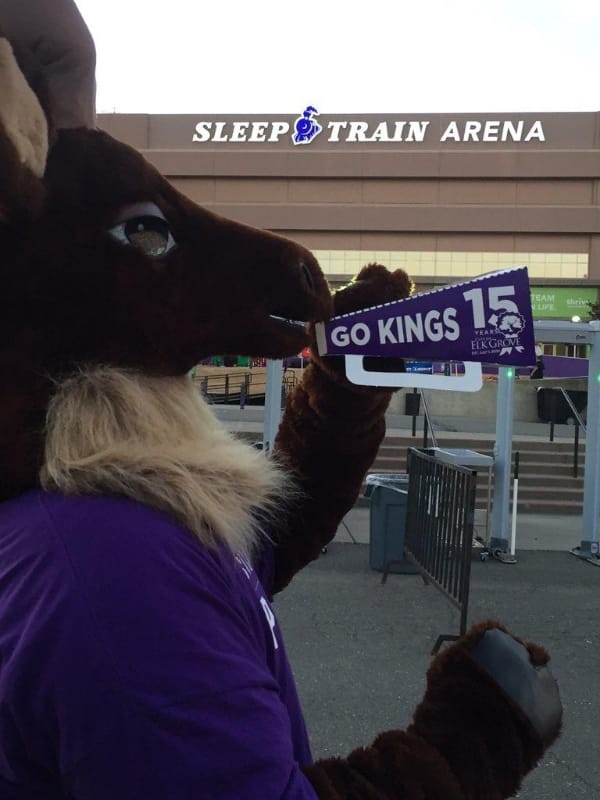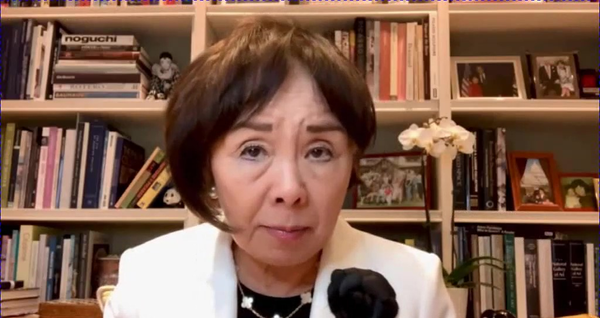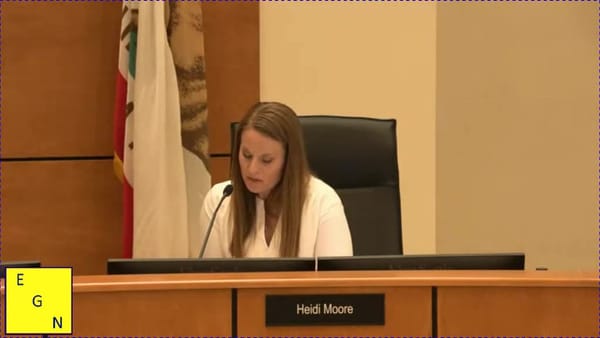Book Review – The Last Slave Ship

The True Story of How Clotilda Was Found, Her Descendants, and an Extraordinary Reckoning, By Ben Raines
By Suzanne Gougherty |
It was a complete coincidence that we planned our vacation last year to Alabama within days of purchasing the book – The Last Slave Ship. Great timing.
Our trip to Mobile, Alabama, is exactly where the Last Slave Ship was found, buried in the muck of the Mobile River for 160 years. The Last Slave Ship is a spellbinding story by Ben Raines about the ship, the Clotilda, its slave cargo, and its enslavers’.
The story is rich, with much detail about this historic event. Raines dives deep into the lives of those Africans who were sold to the ships owner, Timothy Meager – the man who gambled that he could bring back a cargo of slaves without being detected, knowing full well that he was violating a congressional ban that was in effect.
Soon to be the ship’s last voyage, we are introduced to the captain, a friend of the ships owner, the hiring of a crew, the African king who sold his people, their voyage there and back, and the attempted mutiny by the crew – homeward bound. Upon their arrival at Mobile Bay, it was decided to burn the ship in the backwaters of the Mobile River to bury the evidence so Meager and his co-conspirators wouldn’t be caught.
In the second part of the book – chapters 7 and 8, Raines describes how the enslaved became free, it was five years after their arrival, after the Civil War and emancipation. The Africans had a deep desire to go home but, sadly, lacked the funds.
With their close bonds, they banded together, established roots and formed their own town, developed their own seat of government, and named it Africantown. They faced very rough times, but they emerged as a strong black community that thrived for decades.
He profiles the founders of Africantown, in particular Cudjoe Kazoola Lewis, his fellow Africans, and how they adapted and grew in their new environment. Today living in Africantown, there are approximately 100 descendants of the people from Clotilda.
Hats off to Bains, a journalist, who takes us full circle to the modern day, and the discovery of the Clotilda in which he played a significant role. In 2019 he made national headlines with his obsessive pursuit to find the ship’s remains. Along with a team of divers, he was able to bring up the first piece of the ship.
As a result, he has written an epic story of the last slaves’ many triumphs over adversity. Raines’ will and determination to seek out the truth and hopefully heal its wounds.



